ACC.24: Late-Breaking Science Video Collection
Published: 06 April 2024
-
Views:
 5480
5480
-
Likes:
 7
7
-
Views:
 5480
5480
-
Likes:
 7
7
-
 Up Next
Up Next -
 7m 18s
7m 18s -
 6m 40sPart 3 | Session 5 Chelation Therapy in Post-MI Pts with Diabetes: TACT2
6m 40sPart 3 | Session 5 Chelation Therapy in Post-MI Pts with Diabetes: TACT2 -
 6m 41sPart 3 | Session 6 Semaglutide in Patients with HfpEF, Obesity and Diabetes: STEP HFpEF
6m 41sPart 3 | Session 6 Semaglutide in Patients with HfpEF, Obesity and Diabetes: STEP HFpEF -
 5m 41sPart 3 | Session 7 Self-Expanding vs Balloon Expandable TAVR: The SMART Trial
5m 41sPart 3 | Session 7 Self-Expanding vs Balloon Expandable TAVR: The SMART Trial -
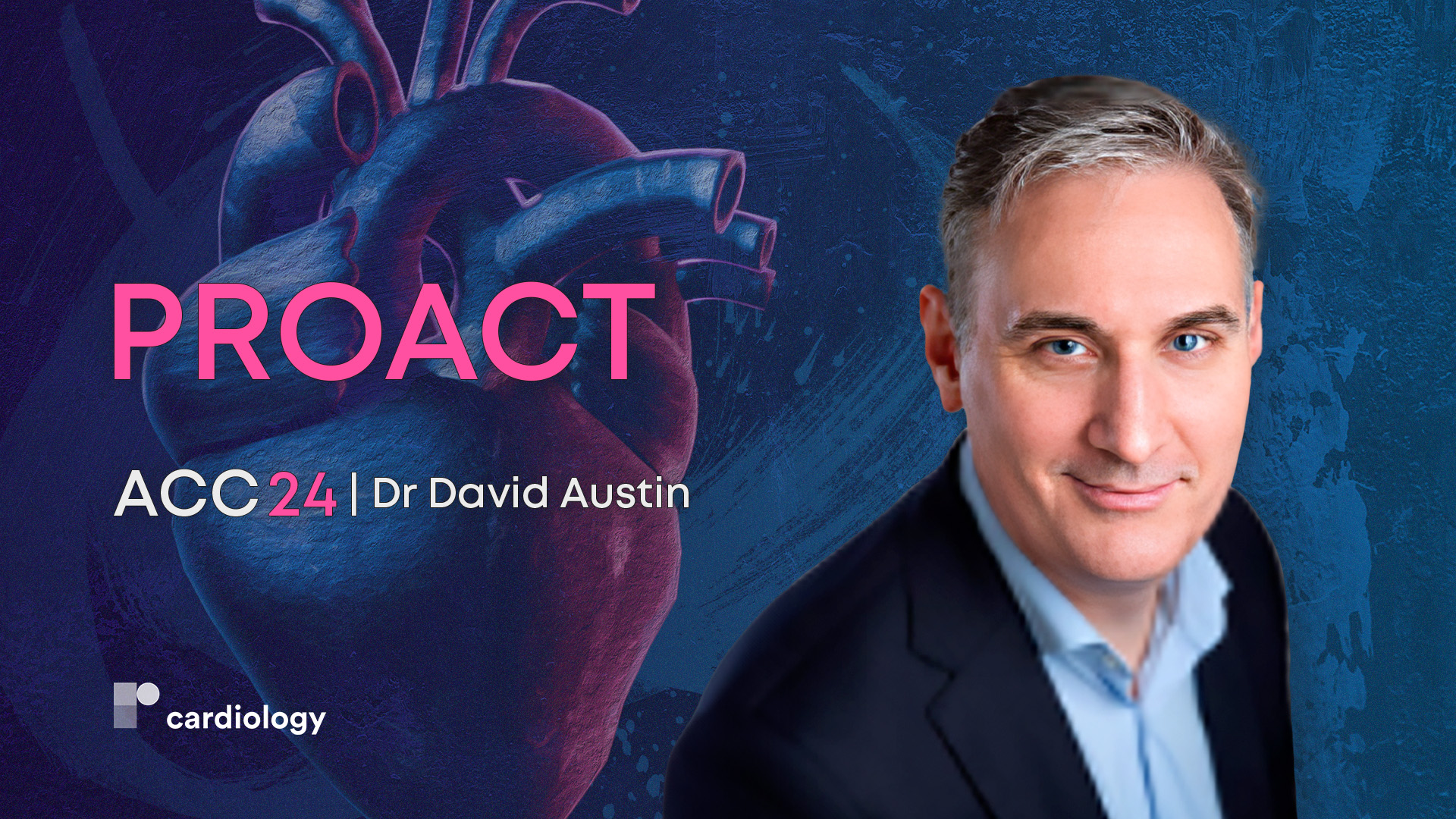 3m 37s
3m 37s -
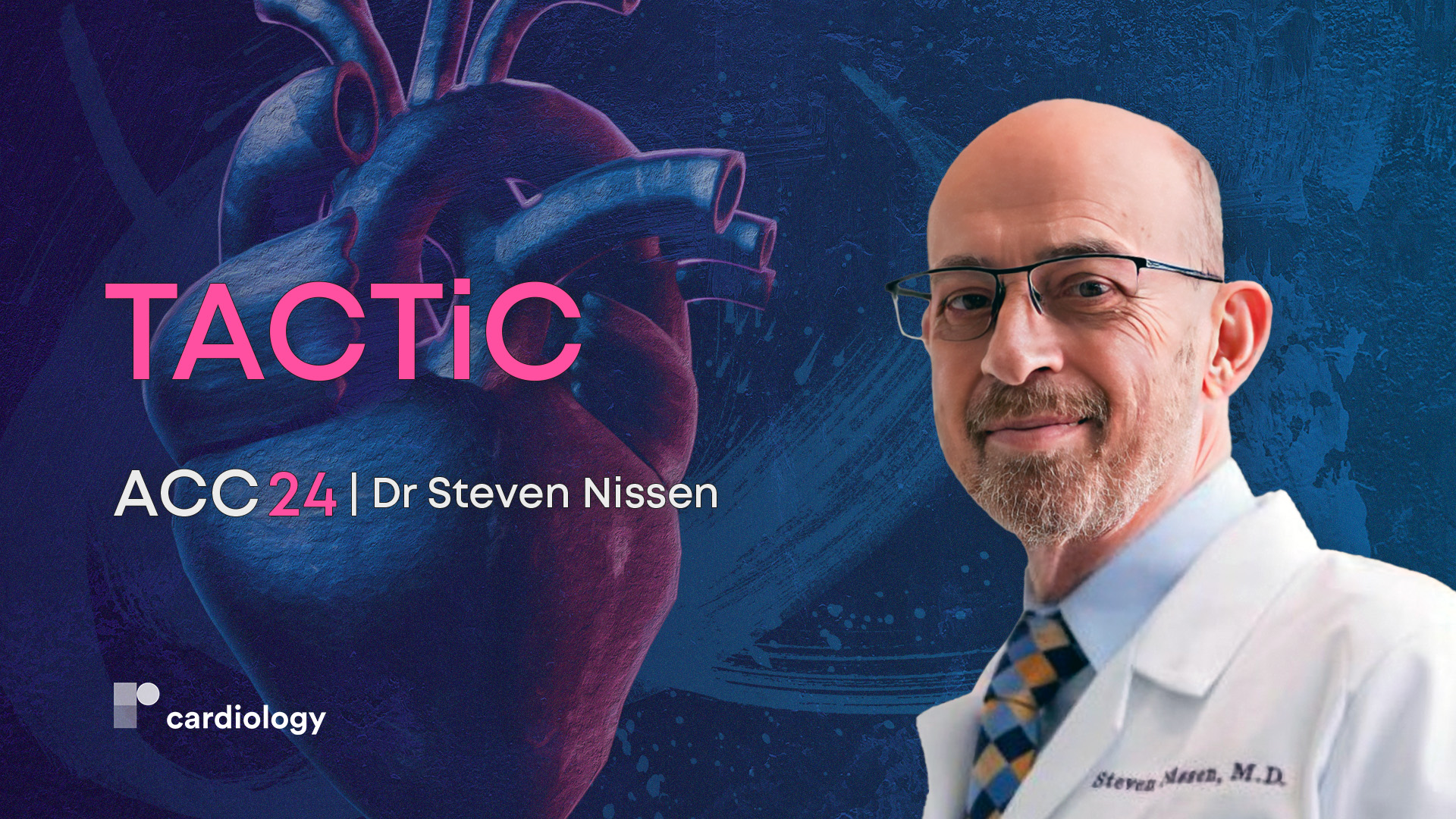 4m 35sPart 3 | Session 9 Technology-Assisted Nonprescription Rosuvastatin: TACTiC
4m 35sPart 3 | Session 9 Technology-Assisted Nonprescription Rosuvastatin: TACTiC -
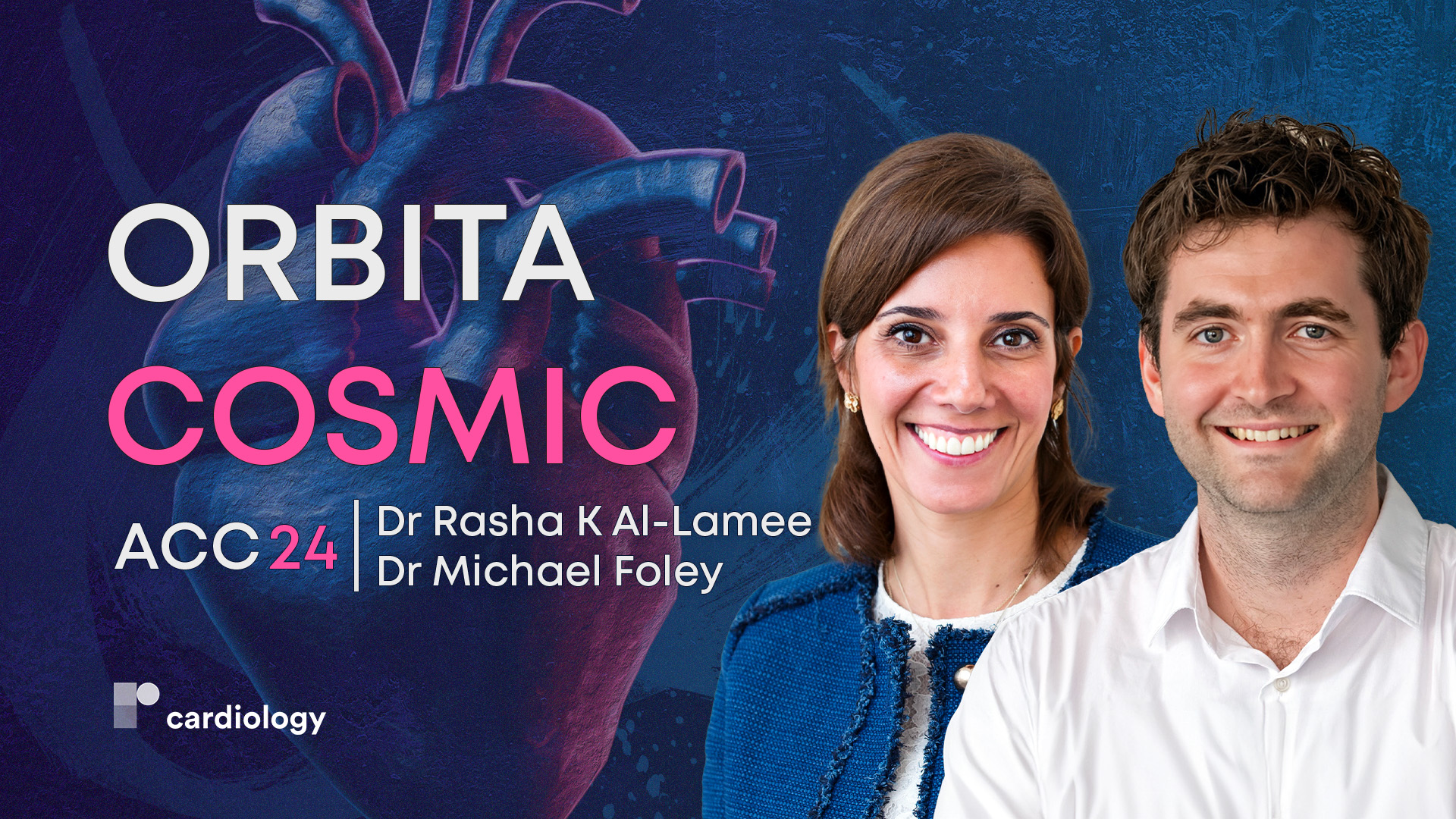 4m 45sPart 3 | Session 10 Coronary Sinus Reducer in Refractory Angina: ORBITA COSMIC
4m 45sPart 3 | Session 10 Coronary Sinus Reducer in Refractory Angina: ORBITA COSMIC -
 2m 30sPart 3 | Session 11 TAVI Vs SAVR in Patients with Severe Aortic Valve Stenosis: DEDICATE-DZHK6
2m 30sPart 3 | Session 11 TAVI Vs SAVR in Patients with Severe Aortic Valve Stenosis: DEDICATE-DZHK6 -
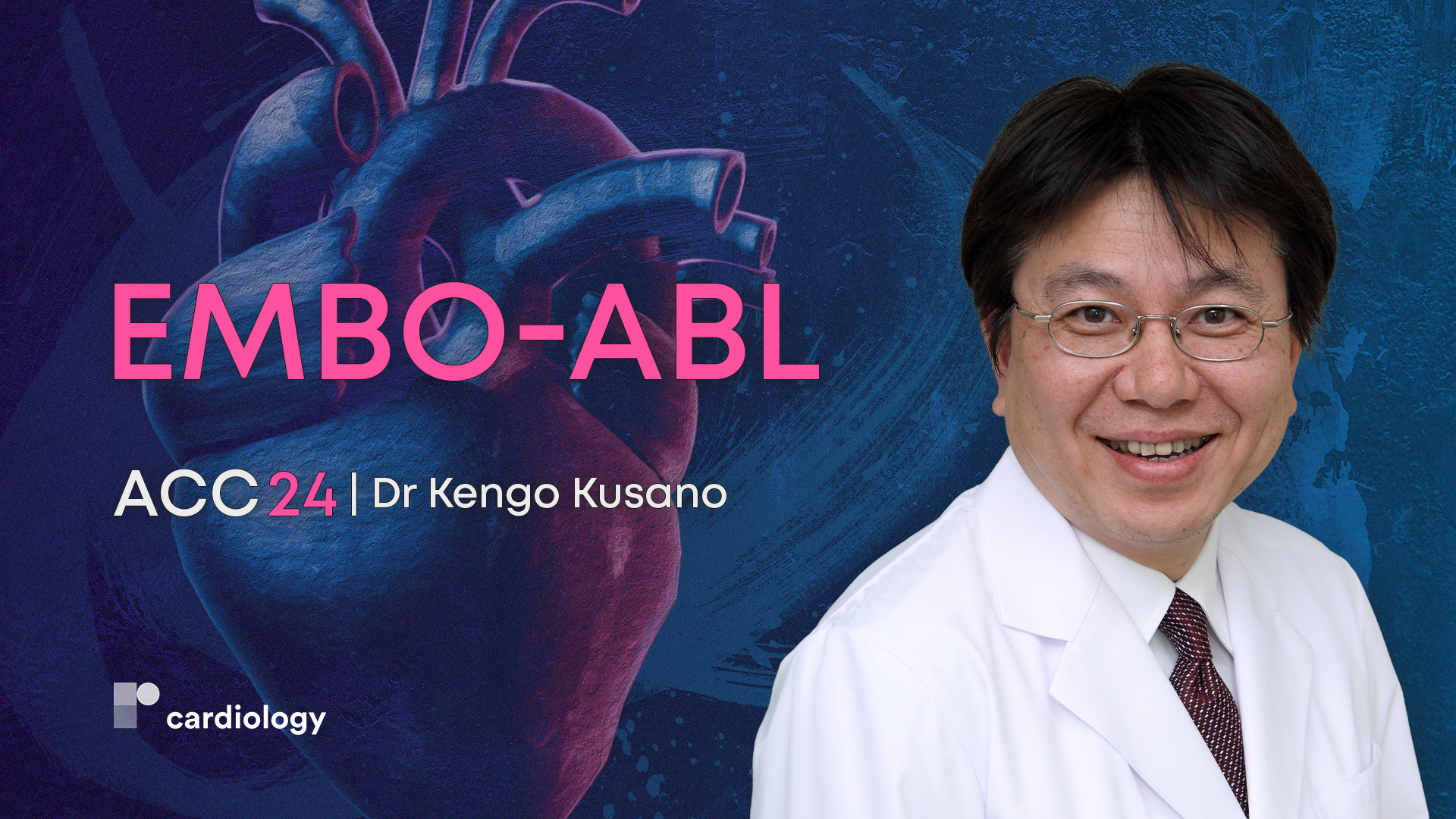 4m 17s
4m 17s
-
 6m 45sPart 4 | Session 1 Artificial Intelligence in Cardiology: What You Need to Know in 2024
6m 45sPart 4 | Session 1 Artificial Intelligence in Cardiology: What You Need to Know in 2024 -
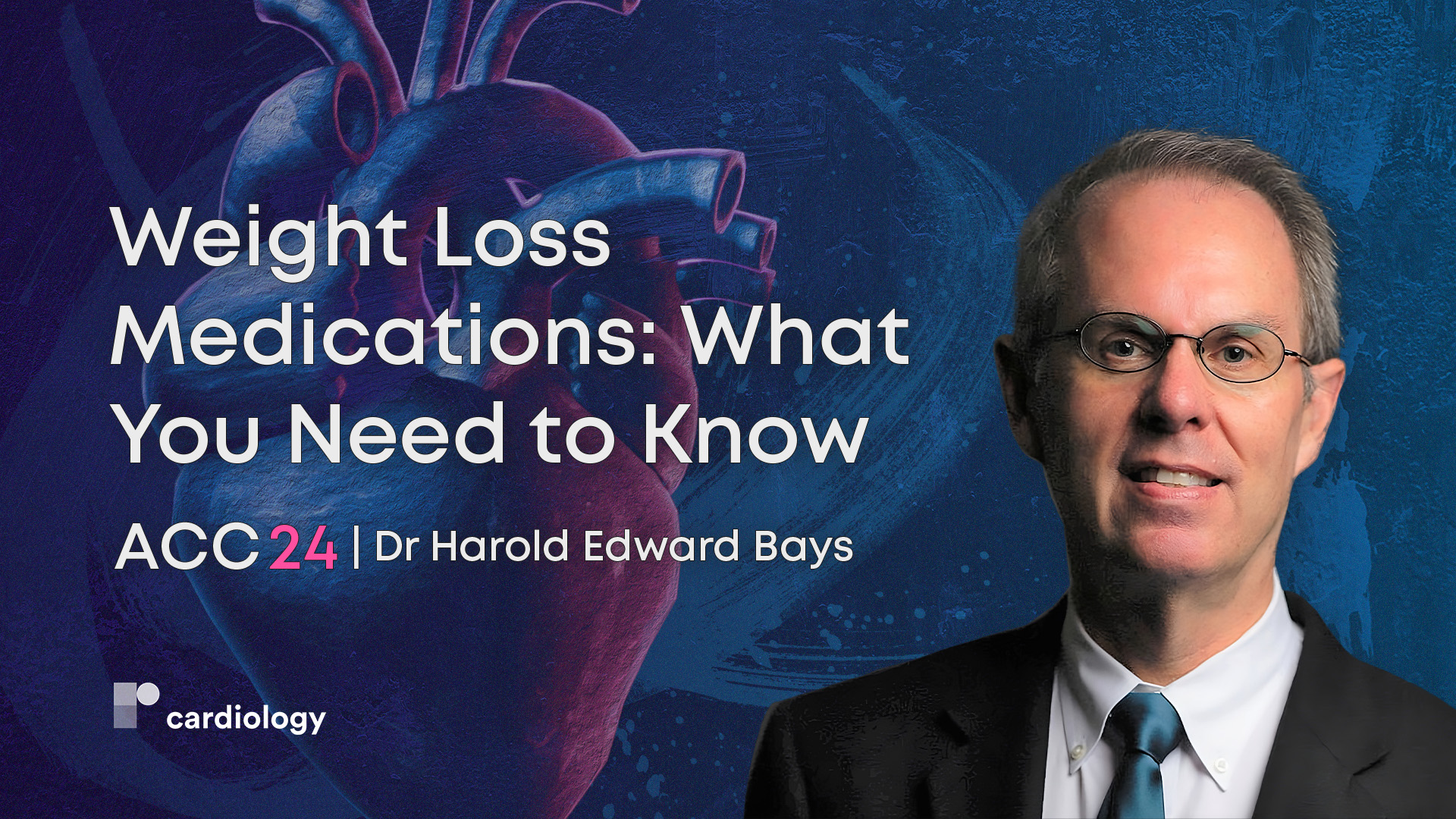 6m 21sPart 4 | Session 2 Weight Loss Medications: What You Need to Know in 2024
6m 21sPart 4 | Session 2 Weight Loss Medications: What You Need to Know in 2024
-
 43m 48sPart 1 | Session 1 ACC.24 Late-breaking Science Wrap Up Nicolas M Van Mieghem, Joost Daemen
43m 48sPart 1 | Session 1 ACC.24 Late-breaking Science Wrap Up Nicolas M Van Mieghem, Joost Daemen
-
 28m 9sPart 1 | Session 2 What's Hot at ACC.24? Late-breaking Science Preview Nicolas M Van Mieghem, Joost Daemen
28m 9sPart 1 | Session 2 What's Hot at ACC.24? Late-breaking Science Preview Nicolas M Van Mieghem, Joost Daemen
-
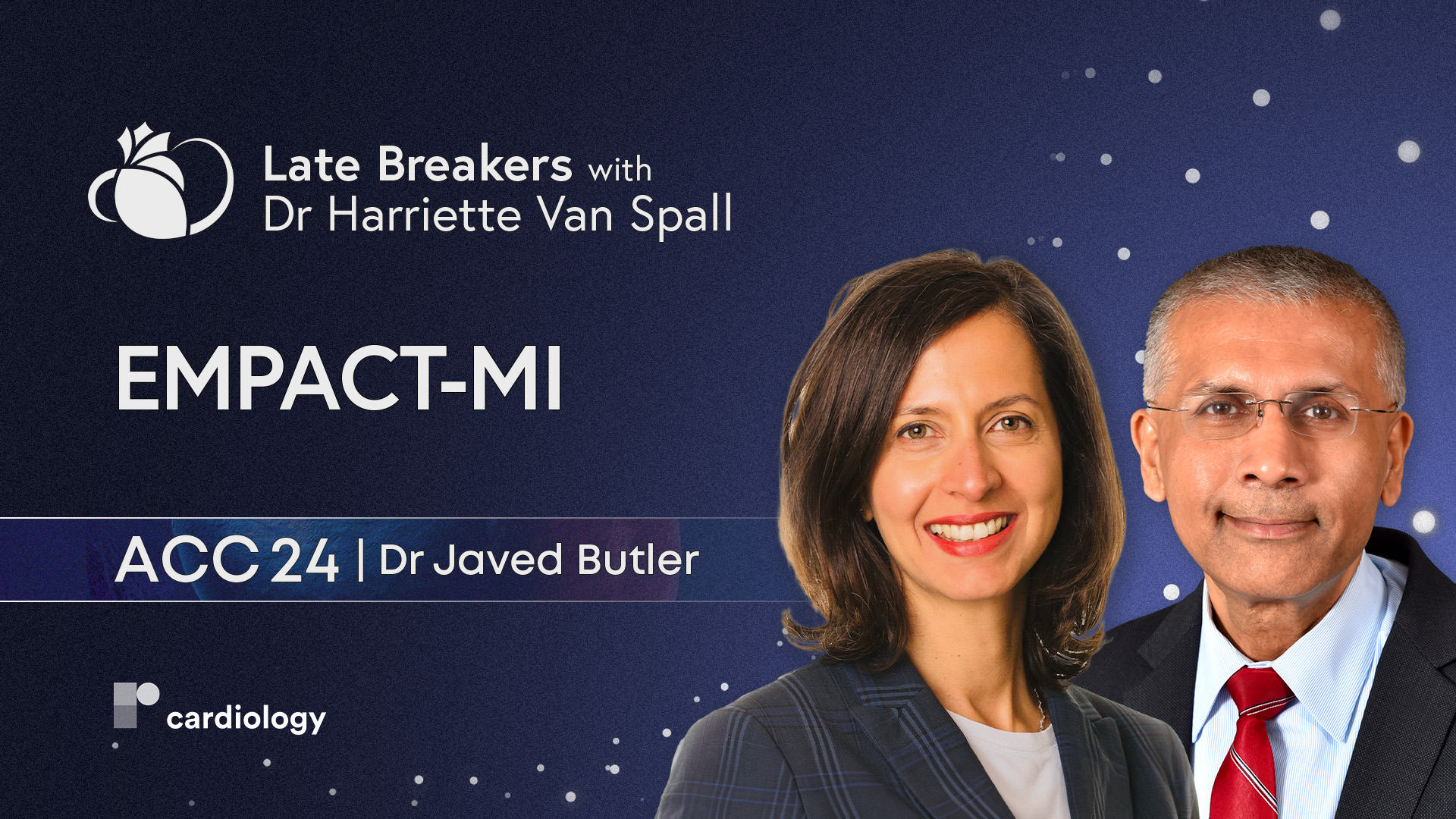 22m 43sPart 2 | Session 1 Late-Breaker Discussion: The EMPACT-MI Trial Harriette Van Spall, Javed Butler
22m 43sPart 2 | Session 1 Late-Breaker Discussion: The EMPACT-MI Trial Harriette Van Spall, Javed Butler
-
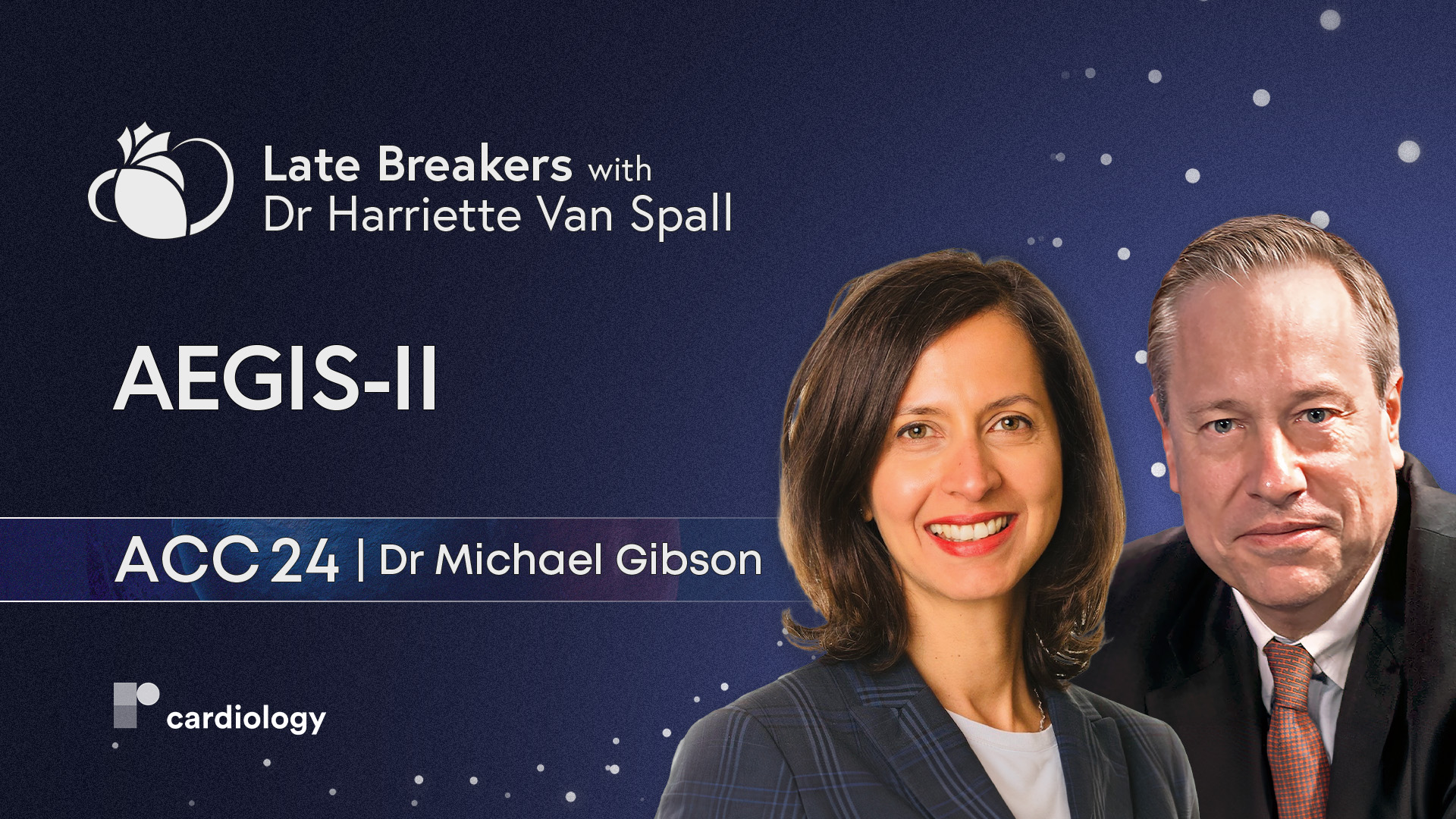 14m 7sPart 2 | Session 2 Late-Breaker Discussion: The AEGIS-II Trial Michael C Gibson, Harriette Van Spall
14m 7sPart 2 | Session 2 Late-Breaker Discussion: The AEGIS-II Trial Michael C Gibson, Harriette Van Spall
-
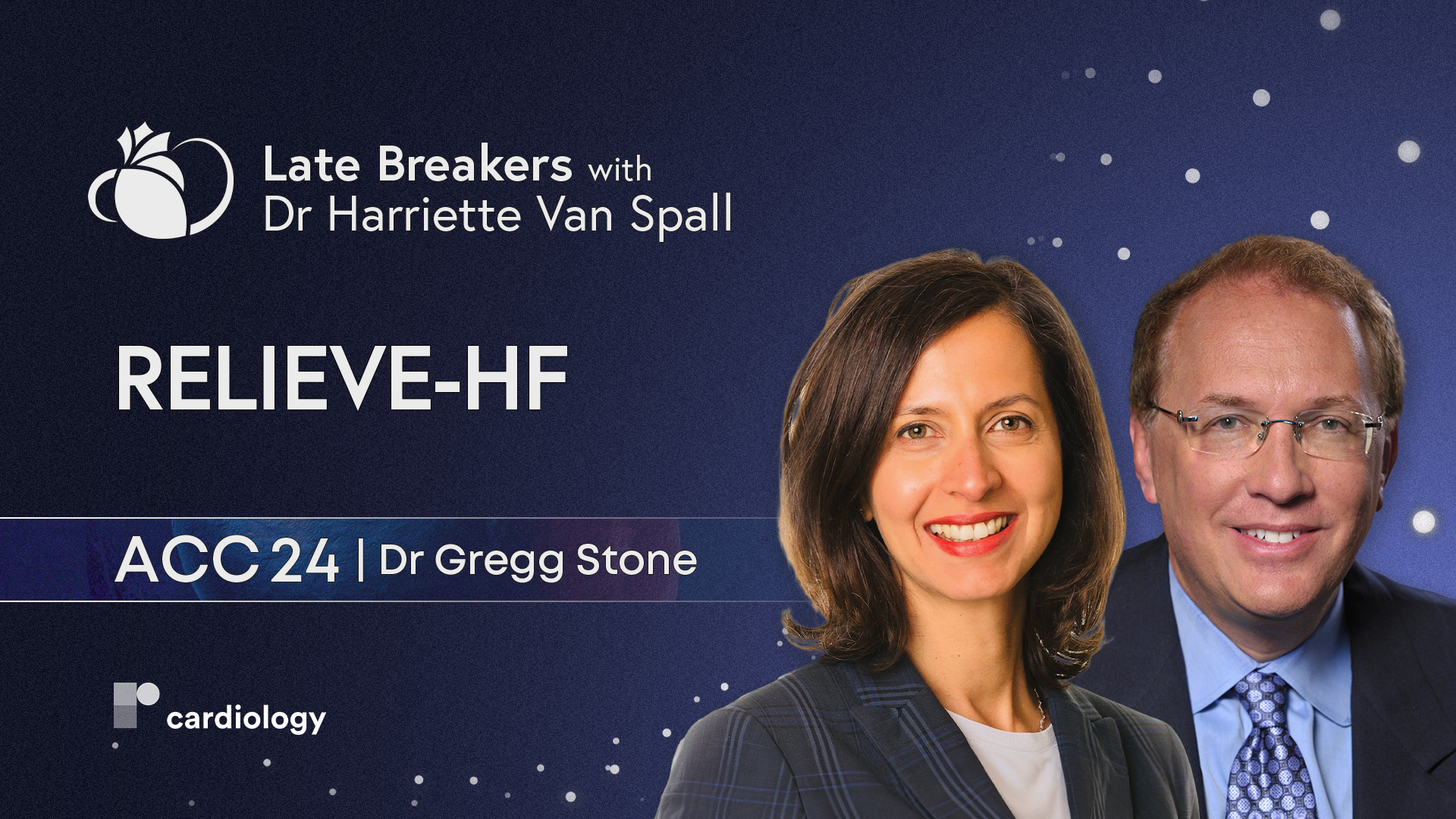 29m 8sPart 2 | Session 3 Late-Breaker Discussion: The RELIEVE-HF Trial Gregg Stone, Harriette Van Spall
29m 8sPart 2 | Session 3 Late-Breaker Discussion: The RELIEVE-HF Trial Gregg Stone, Harriette Van Spall
-
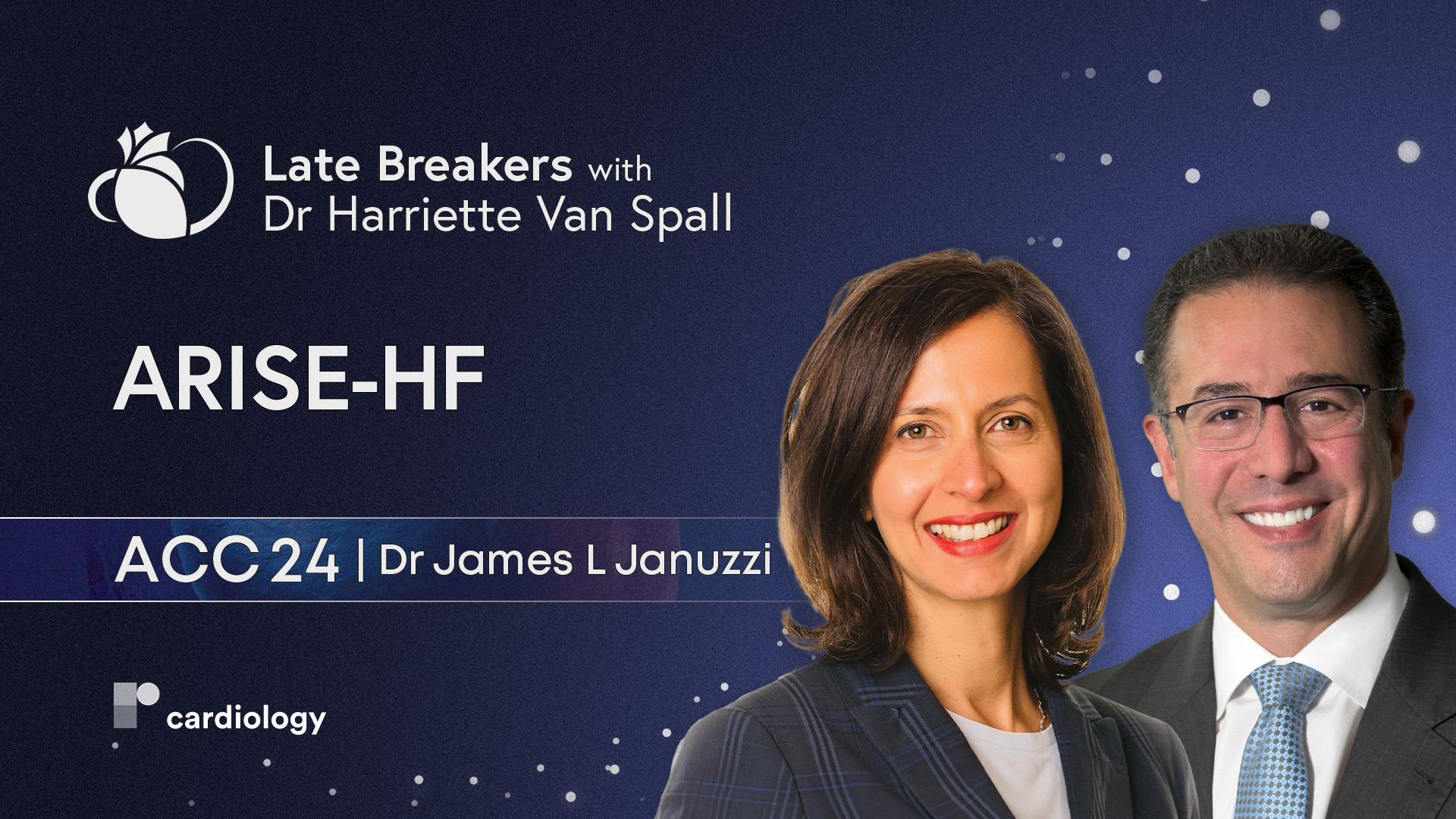 23m 6sPart 2 | Session 4 Late-Breaker Discussion: The ARISE-HF Trial Harriette Van Spall, James L Januzzi
23m 6sPart 2 | Session 4 Late-Breaker Discussion: The ARISE-HF Trial Harriette Van Spall, James L Januzzi
-
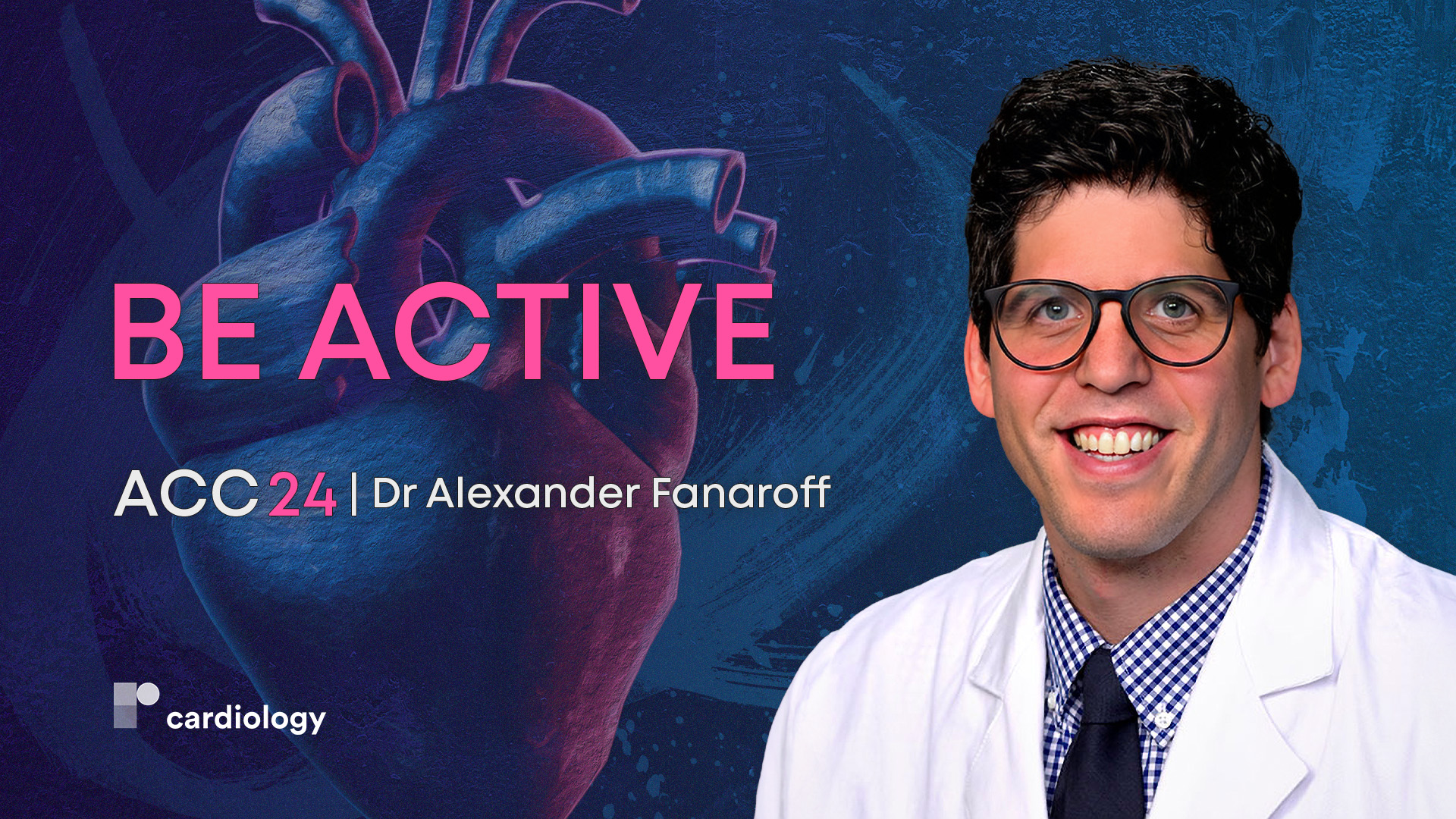 5m 50sPart 3 | Session 1 Gamification and Financial Incentives to Increase PA Among Patients at Elevated Cardiovascular Risk Alexander Fanaroff
5m 50sPart 3 | Session 1 Gamification and Financial Incentives to Increase PA Among Patients at Elevated Cardiovascular Risk Alexander Fanaroff
-
 7m 49sPart 3 | Session 2 Zilbesiran in Patients With Hypertension: KARDIA-2 Akshay S Desai
7m 49sPart 3 | Session 2 Zilbesiran in Patients With Hypertension: KARDIA-2 Akshay S Desai
Overview
Our recurring review series, View from the Thoraxcenter, hosted by Prof Nicolas Van Mieghem and Dr Joost Daemen (Thoraxcentre, Erasmus MC, Rotterdam, NL) offers a thorough examination of late-breaking and featured scientific findings, highlighting significant data.
To delve deeper into the pivotal clinical trial data unveiled at ACC 24, Dr Harriette Van Spall (McMaster University, Hamilton, CA) conducts interviews with the principal investigators as part of her Late-Breaker Discussion Series.
For brief and focused coverage of the essential data unveiled, our accessible Expert Interviews were conducted with a select group of faculty members, concentrating on the results, relevance, and implications for future research.
Watch our Behind the Heart series to learn more the personal perspectives from the investigators behind top trials in cardiovascular science.
More from this programme
Part 1
View from the Thoraxcenter
In these concise episodes of View from the Thoraxcenter, Prof Nicolas Van Mieghem and Dr Joost Daemen (Thoraxcentre, Erasmus MC, Rotterdam, NL) offer their thoughts on the top late-breaking trials that will be presented at ACC.24.
Part 2
Late-Breaker Discussion Series
Host, Dr Harriette Van Spall is joined by principal investigators for discussion on selected late-breaking trials.
Part 3
Expert Interviews
Expert Interviews conducted with a select group of faculty members, concentrating on the results, relevance, and implications for future research.
Part 4
Highlights
Part 5
Behind the Heart
Watch our Behind the Heart series to learn more the personal perspectives from the investigators behind top trials in cardiovascular science.
About the episode
ACC.24 — Dr Brian Bergmark (Brigham and Women's Hospital, Harvard Medical School, US) joins us in this interview to discuss the findings of a study into olezarsen, previously known as AKCEA-APOCIII-LRx, in patients with hypertriglyceridemia and atherosclerotic cardiovascular disease (ASCVD), with or without severe hypertriglyceridemia (NCT05355402).
This multicenter, randomized, double-blind study included 152 participant with hypertriglyceridemia (triglycerides > 150mg/dL) and established or increased risk of ASCVD. The study involved an 8-week screening period, a 23-week treatment period and a 13-week follow-up period. Patients were randomized 1:1 to recieve either olezarsen adminstered by injection once every 4 weeks, or placebo.
Findings suggest that in patients with moderate hypertriglyceridemia and elevated cardiovascular risk, 50mg or 80mg olezarsen monthly significantly reduced triglyceride levels, as well as meaningful reductions in apolipoprotein B and non-high-density lipoprotein cholesterol, both of which are markers of atherogenic risk.
Interview Questions:
- What is the reasoning behind this study?
- Could you tell us the mechanism of action of olezarsen
- What was the patient population and study design?
- What are the key findings?
- What are the implications of these findings on clinical practice?
- Where are the knowledge gaps?
- What are the next steps?
Recorded onsite at the ACC Conference in Atlanta, 2024.







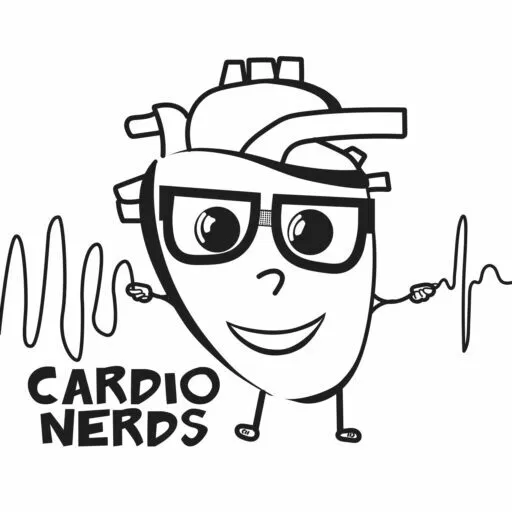
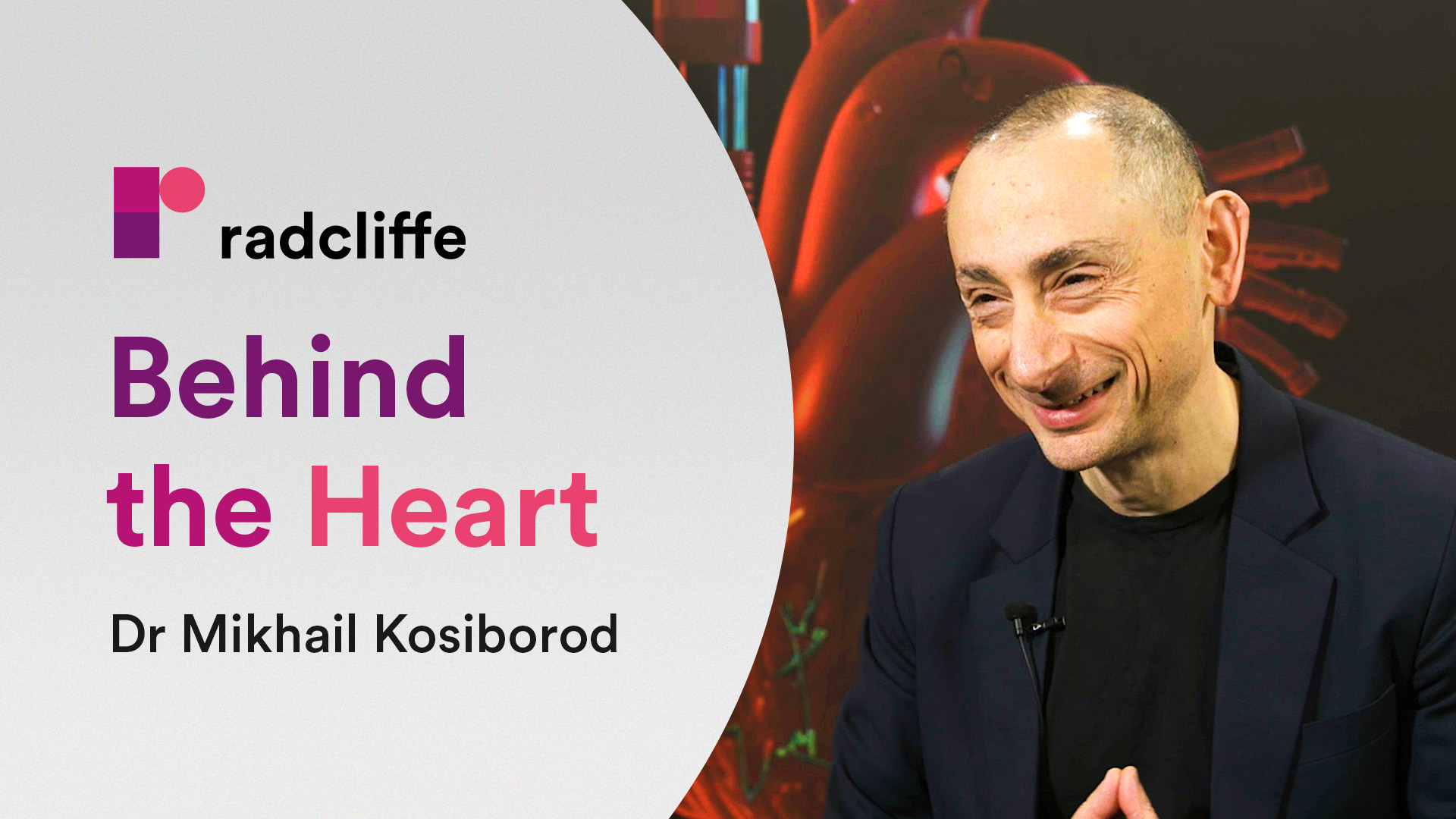
Comments